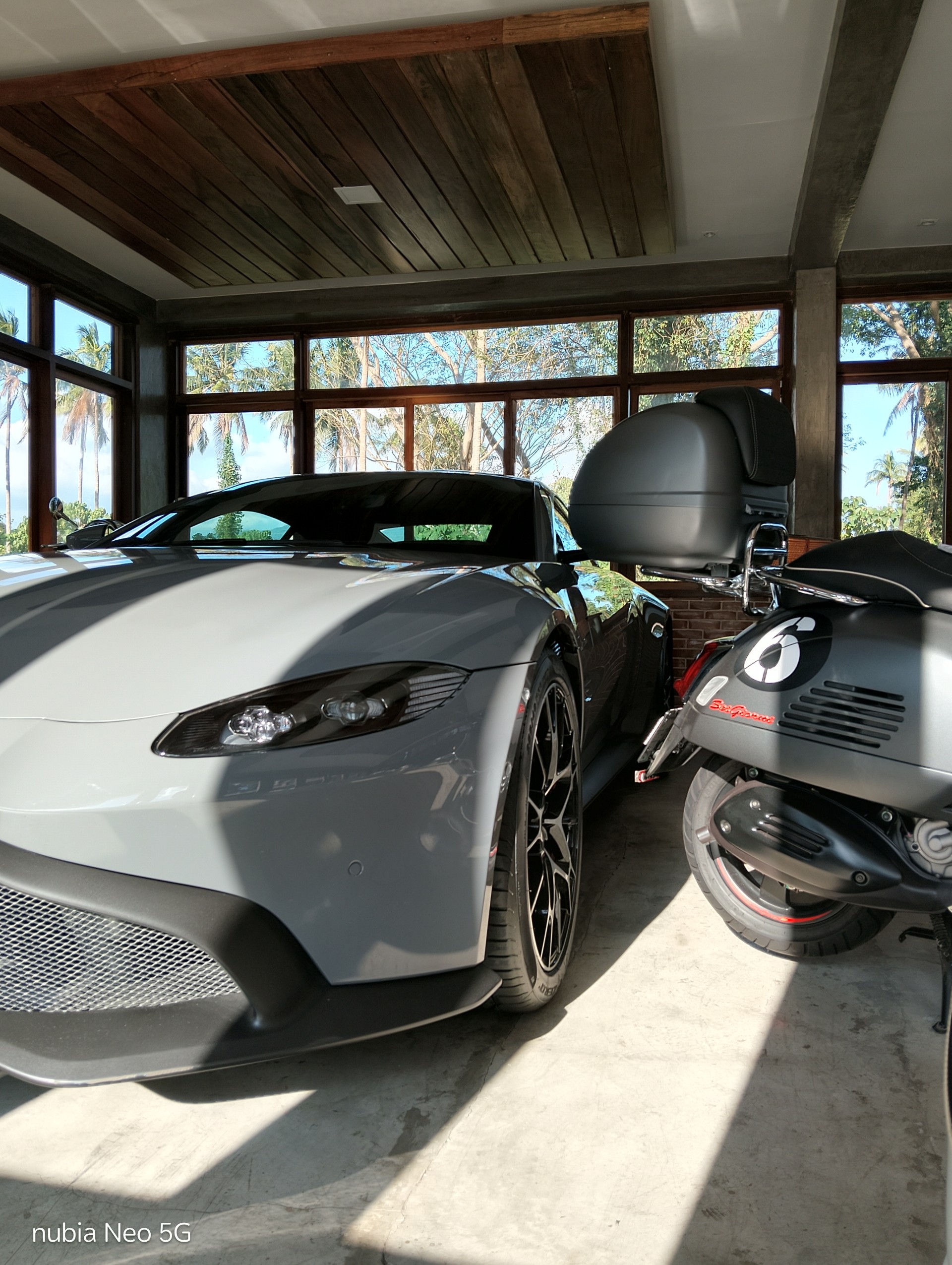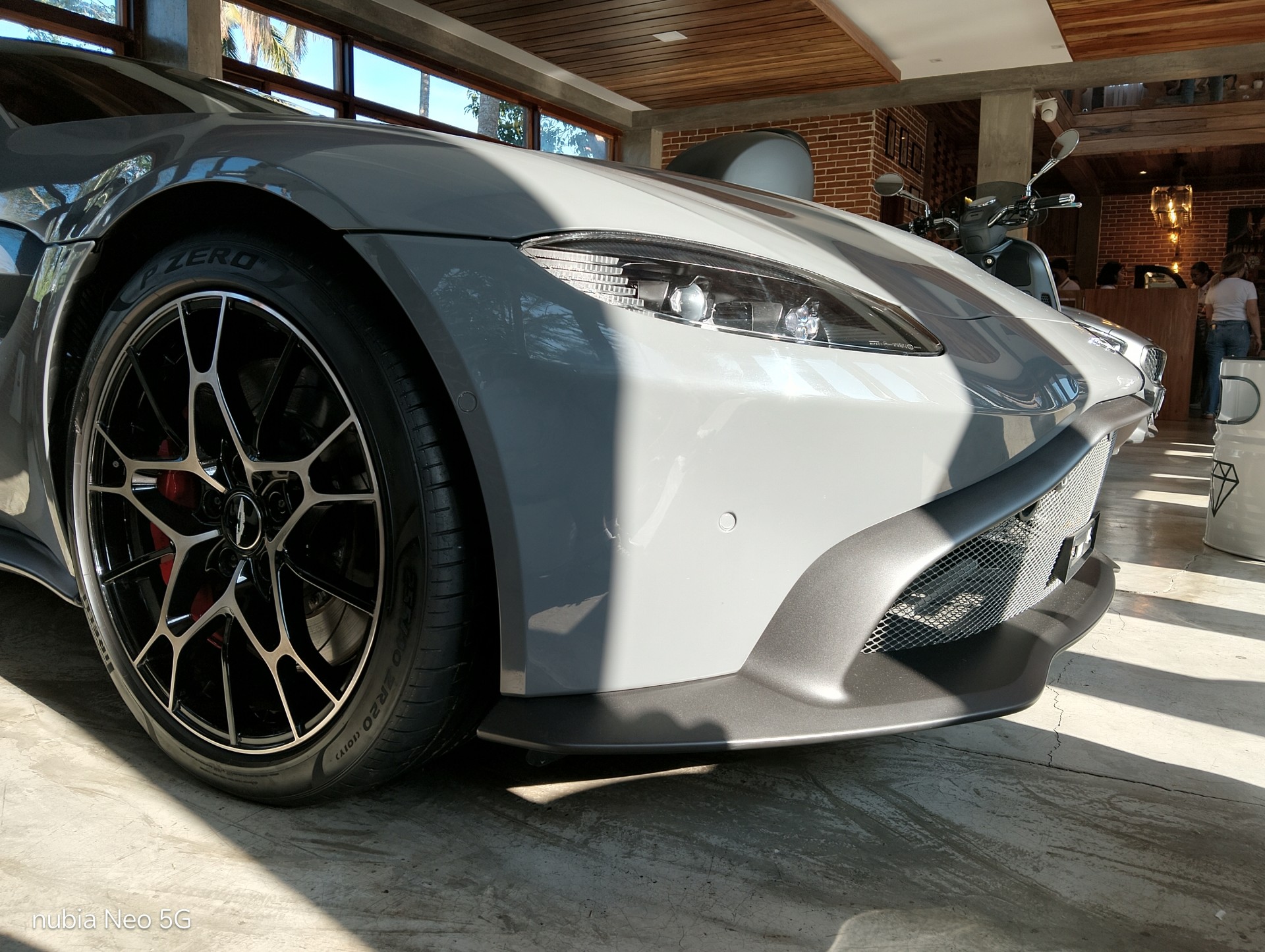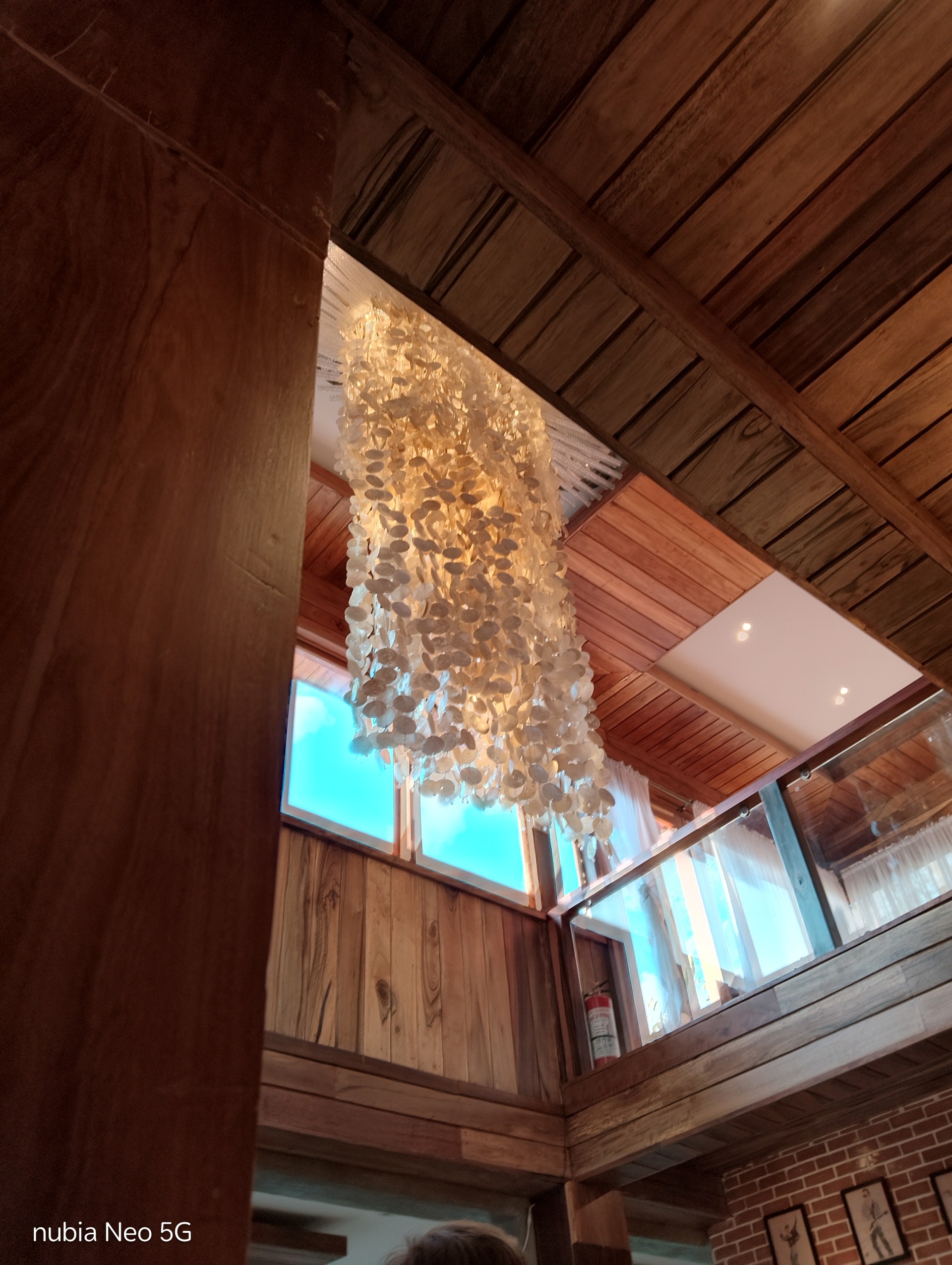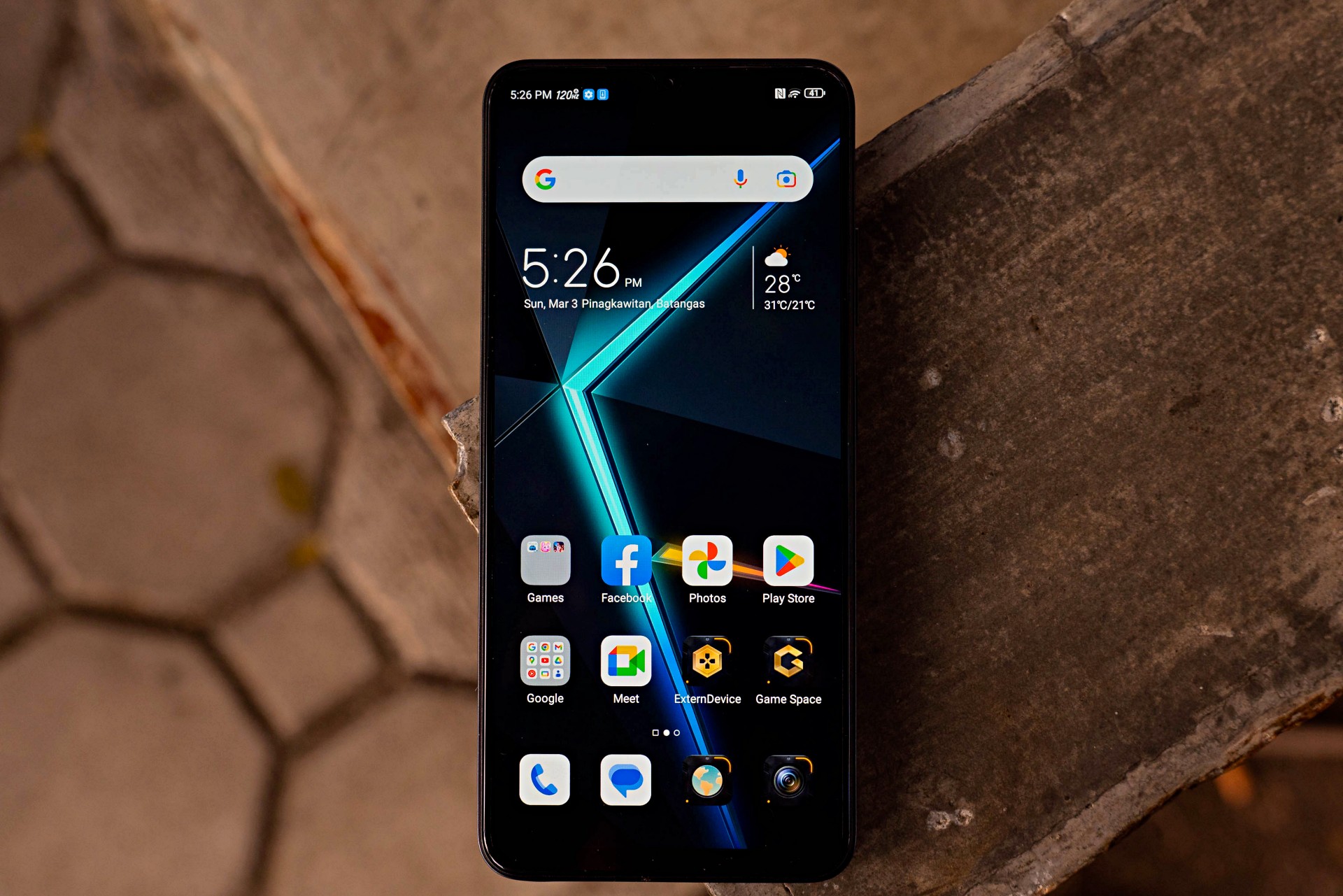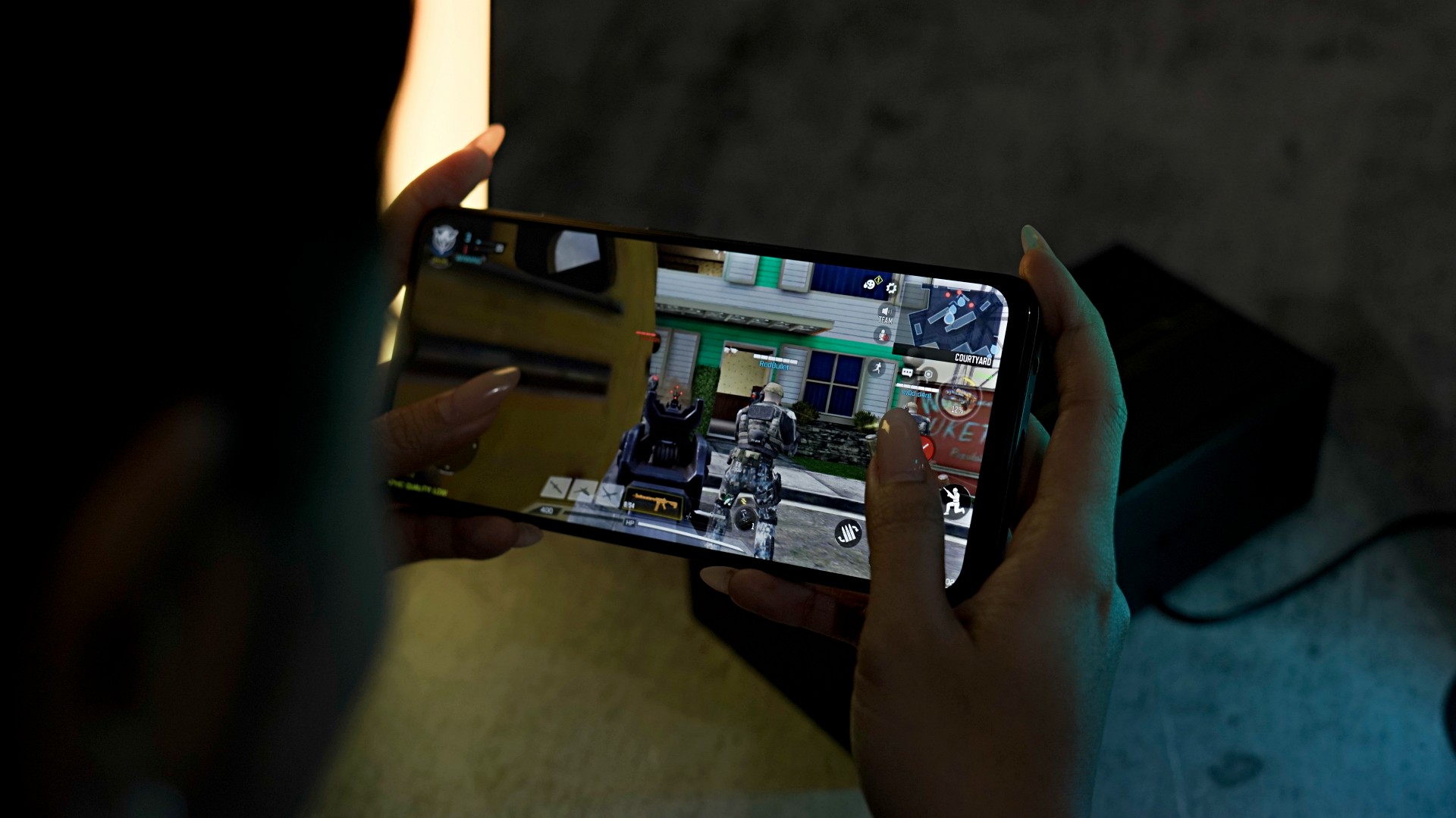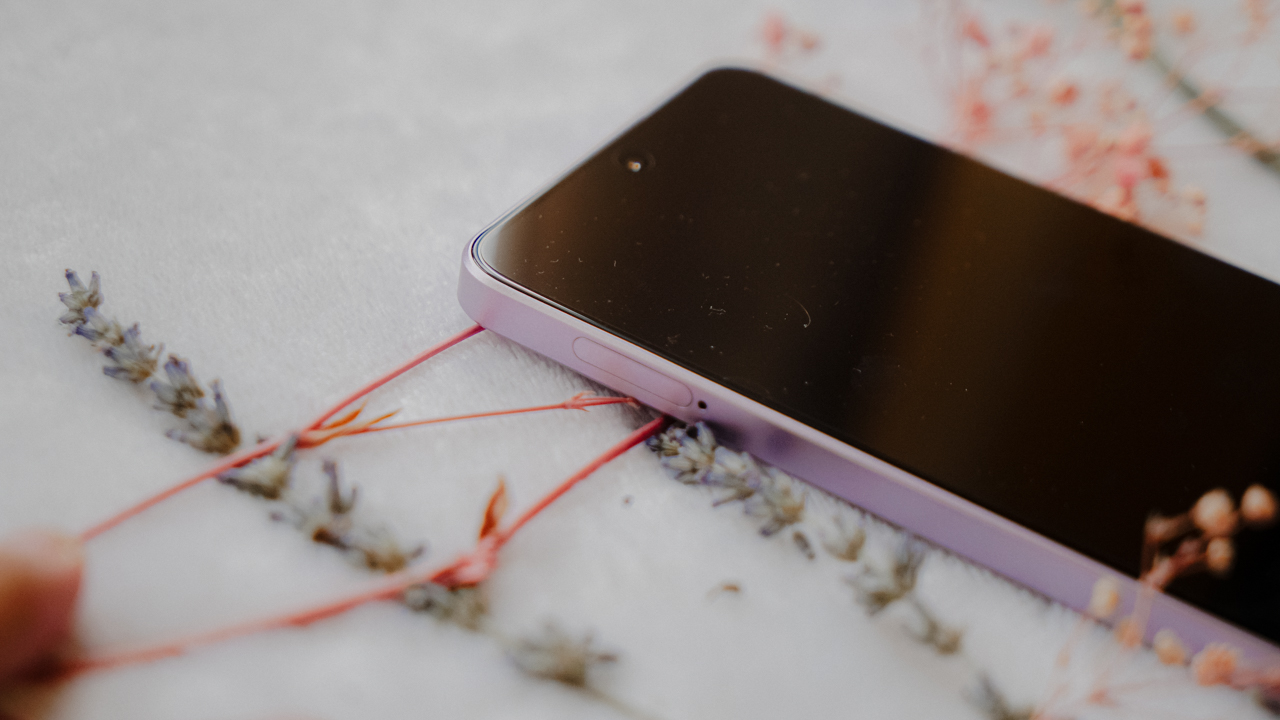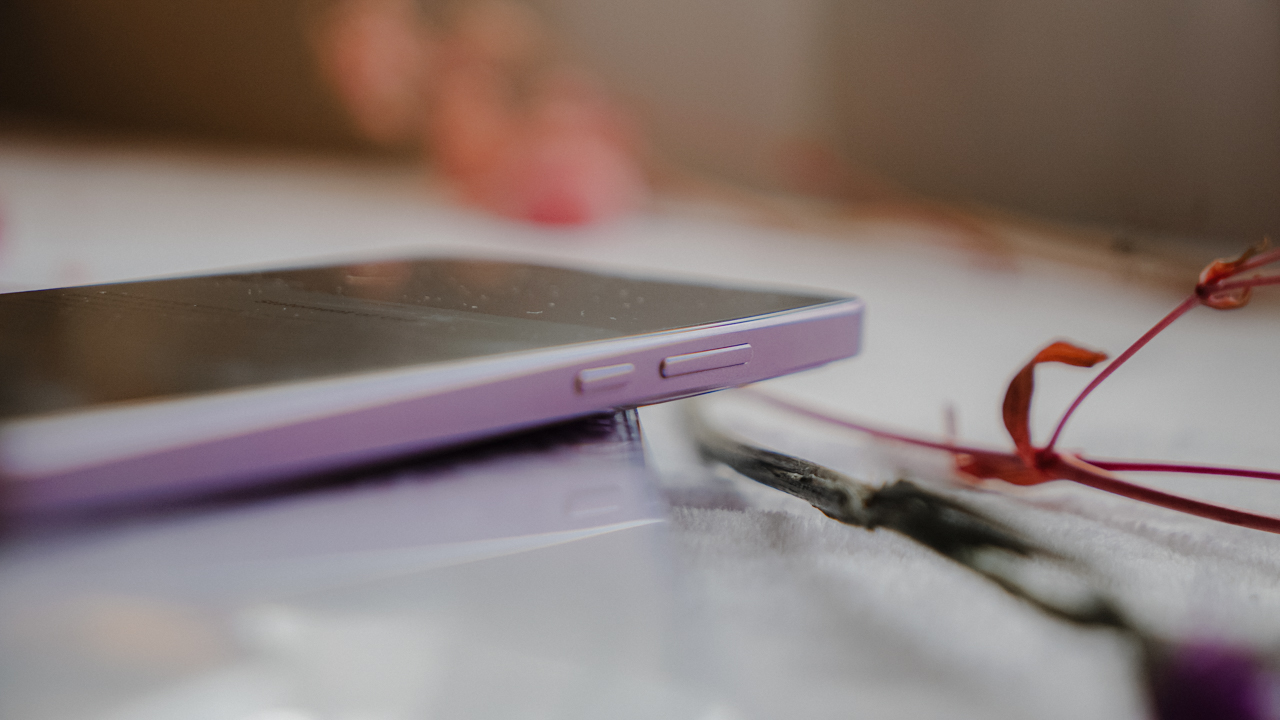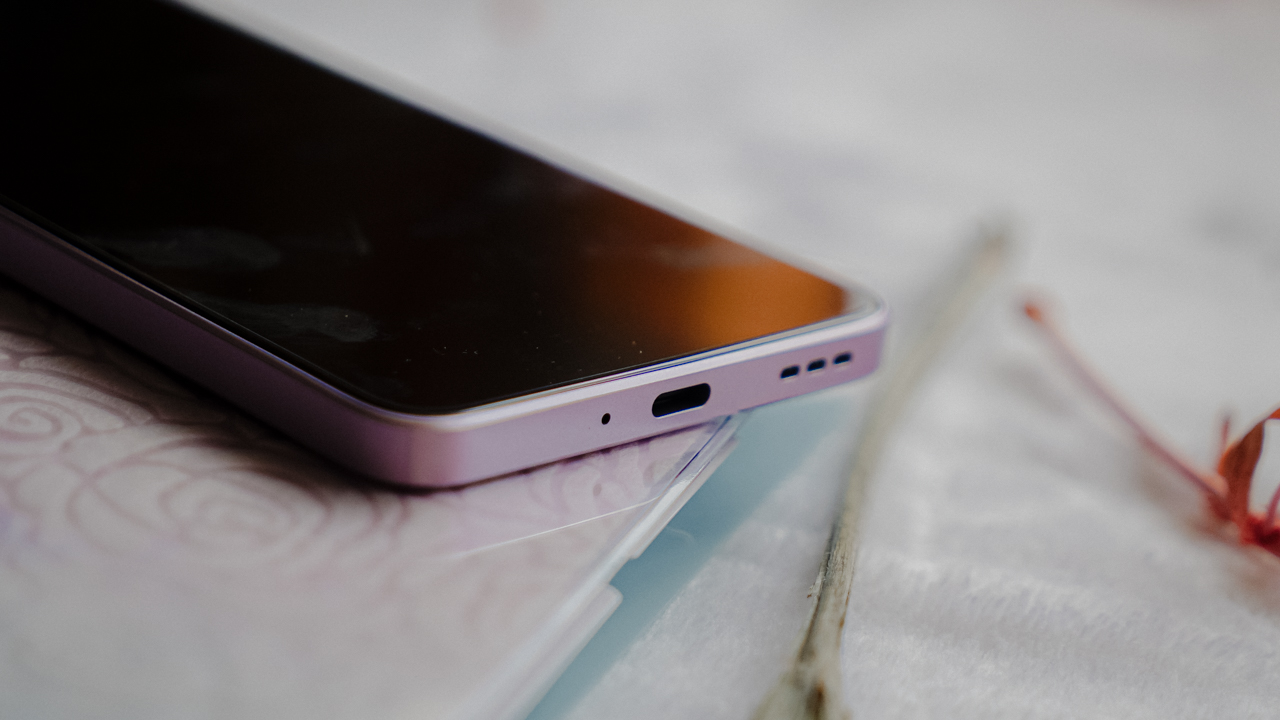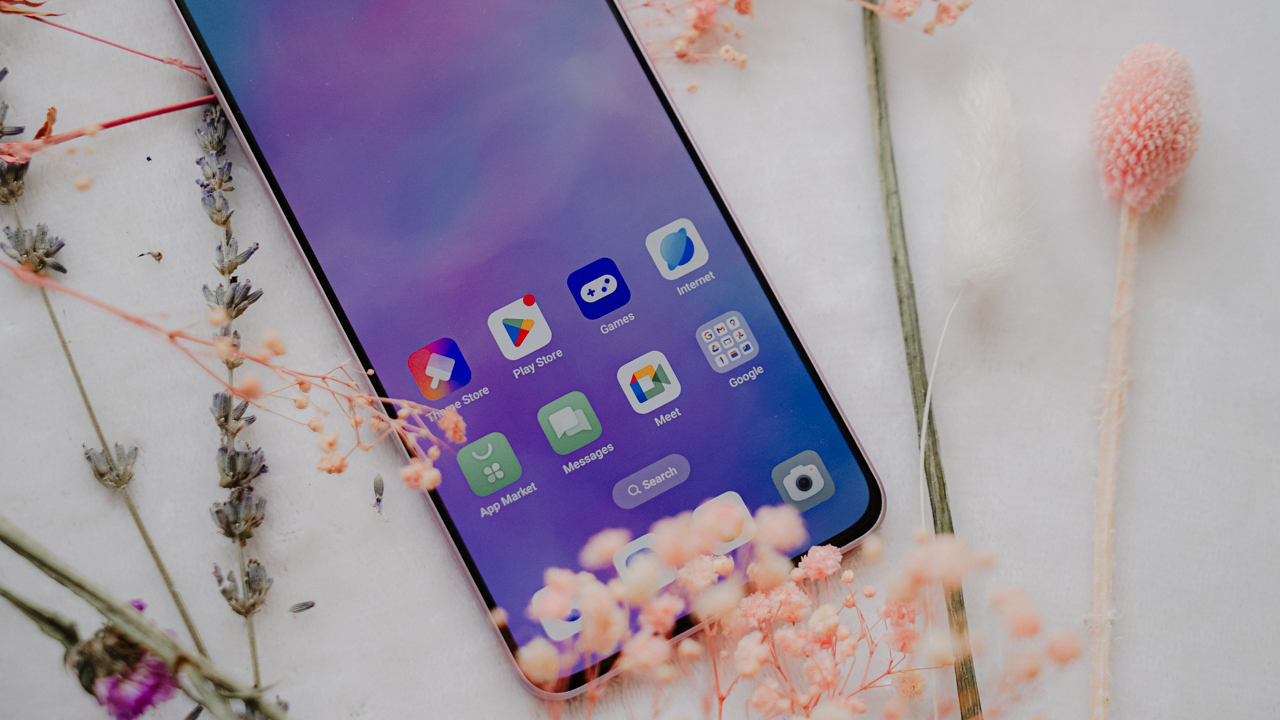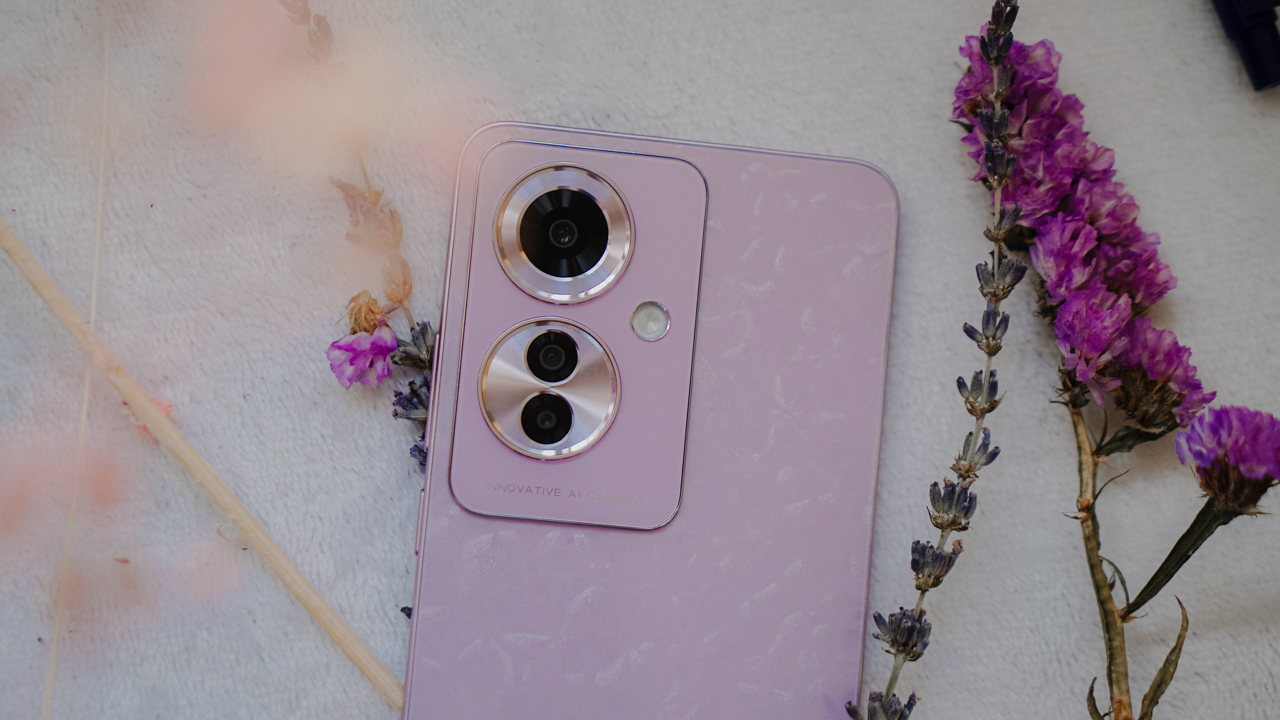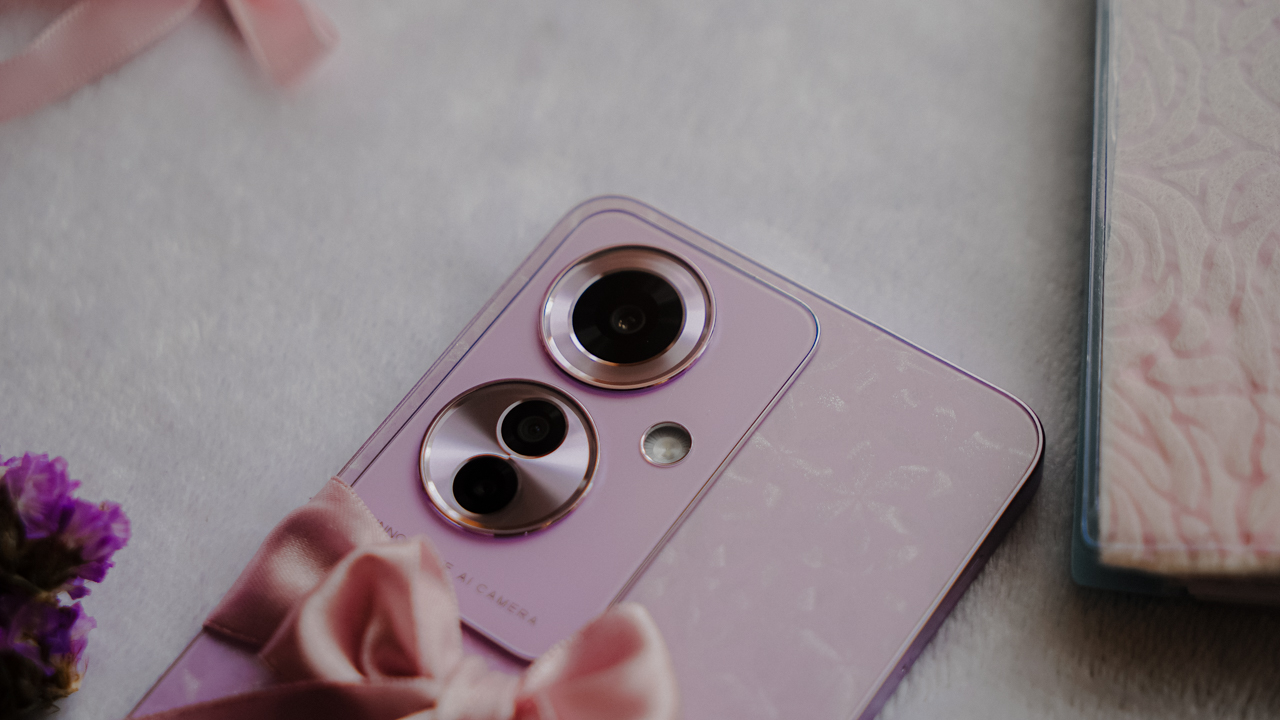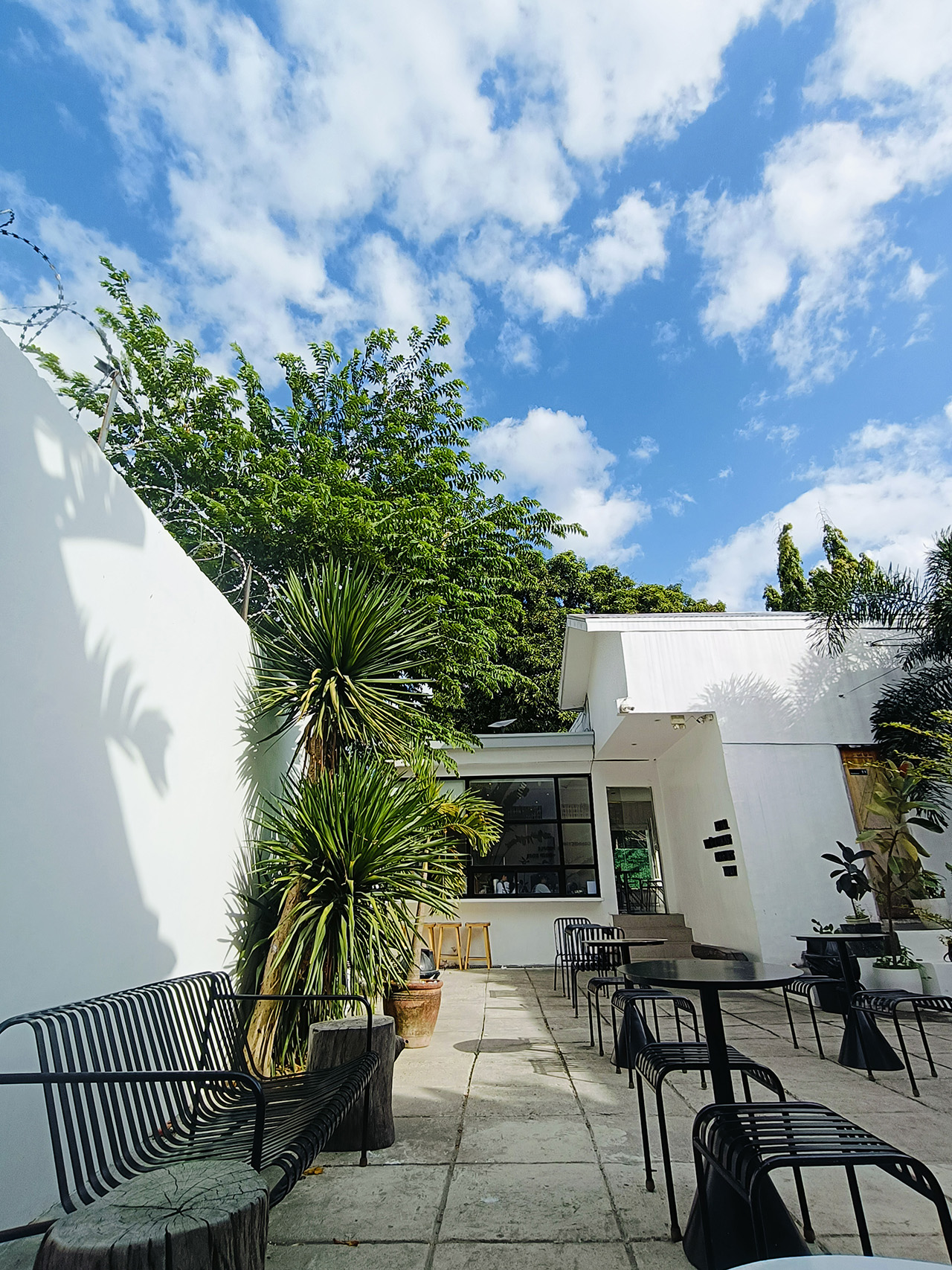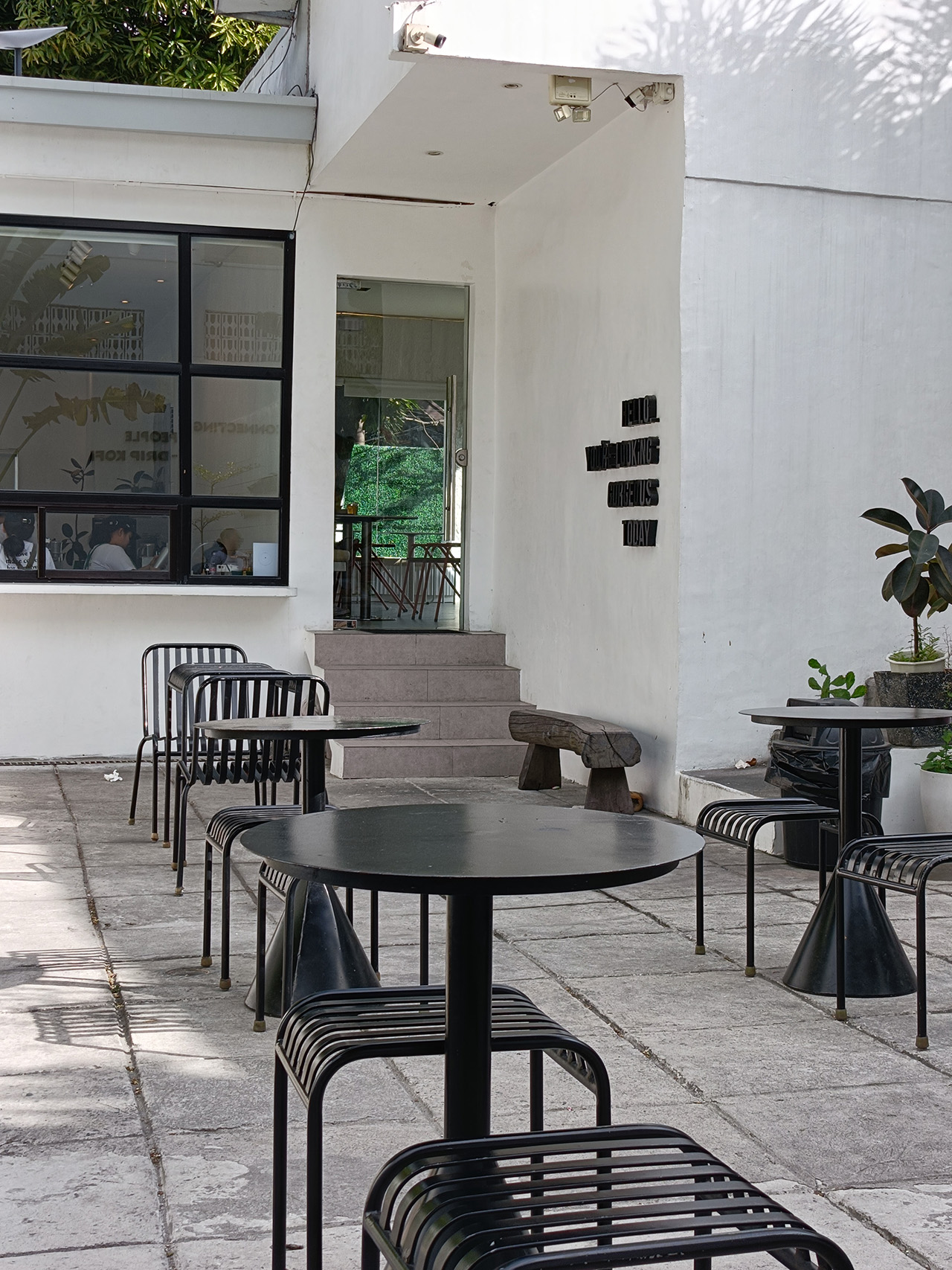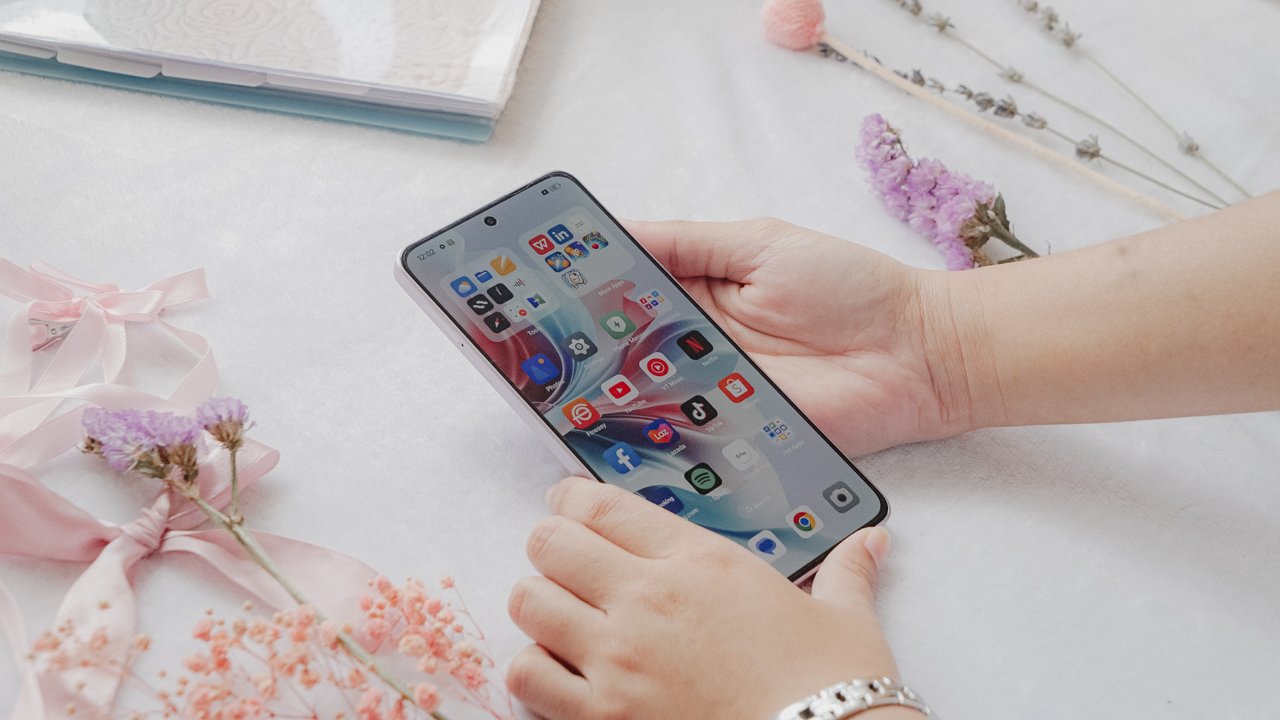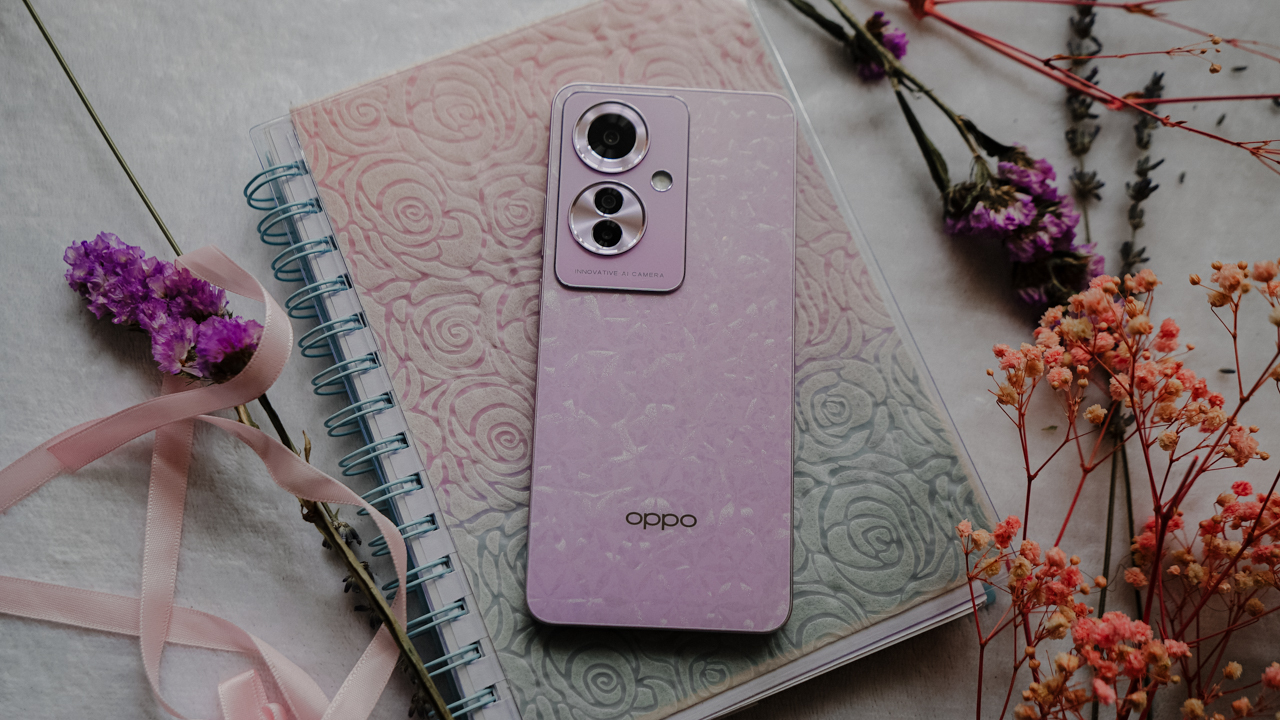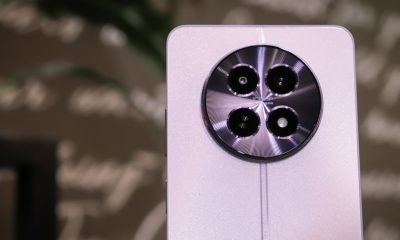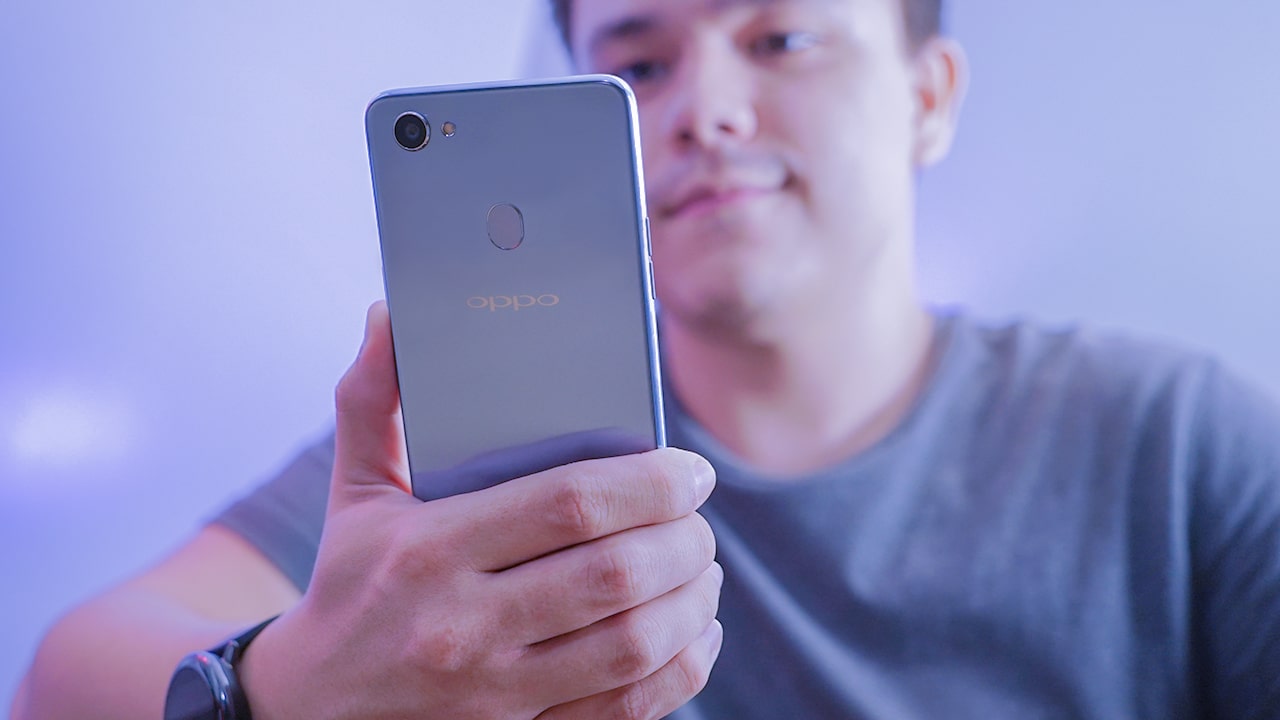

The successor of OPPO’s main offering is finally in our hands.
The F5 from last year introduced the advantages of artificial intelligence when it comes to taking selfies and 18:9 displays on midrange OPPO phones. As expected, their latest device uses the foundations of the F5 and takes forward steps to make it a worthy successor.
Here’s our hands-on with the OPPO F7.
Let’s start with the display. OPPO calls the 6.23-inch 19:9 display “Super Full Screen” and it’s a major upgrade from the F5. The panel still has a Full HD+ resolution, but the bezels are now slimmer.

In order to achieve this though, OPPO resorted to having a notch that houses the selfie camera, a couple of sensors, and an earpiece. In return, you get an immersive display similar to the iPhone X’s. OPPO claims to have an 88 percent screen-to-body ratio.
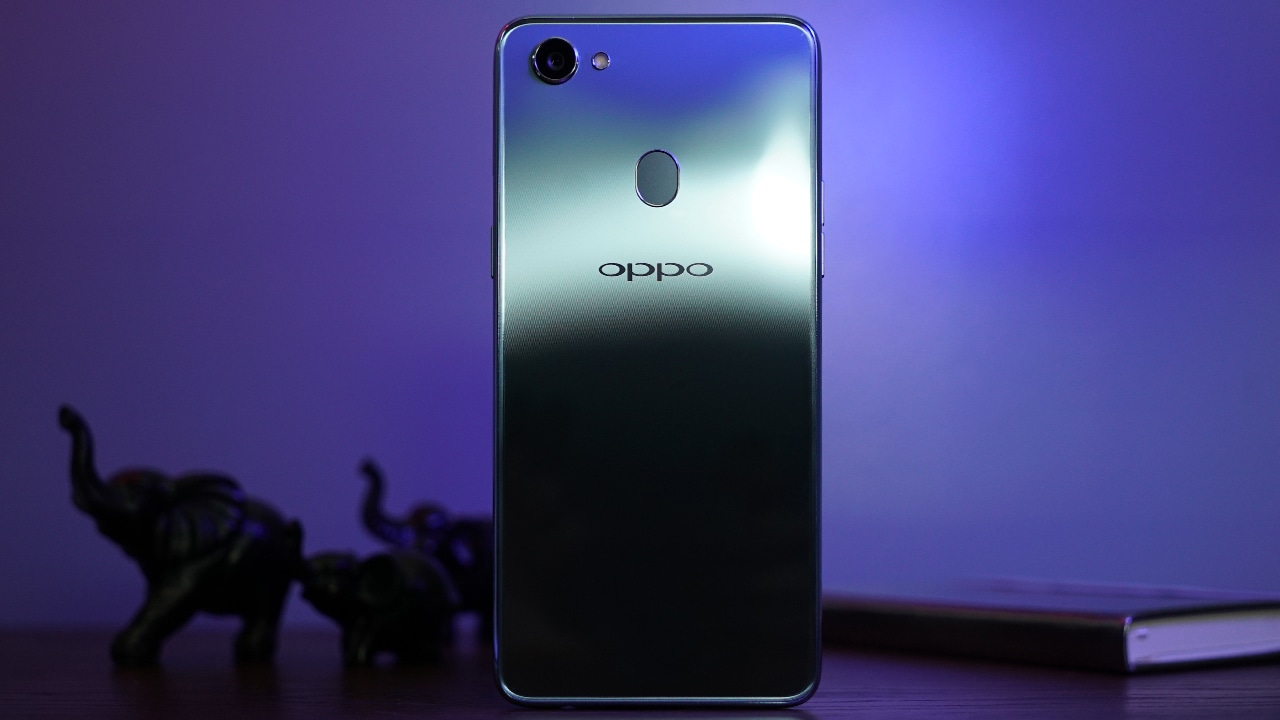
Speaking of the body, the F7 sports a new design that I find more appealing than its predecessor. The F5’s matte metallic-looking finish on its unibody back made the phone look utilitarian, with the exclusion of the red model, of course. OPPO redesigned the look and feel of their new F series release by giving it a glossy finish.
The F7 has an acrylic back and new color options. I have the Moonlight Silver here, and if you look closely, there’s a pattern beneath the acrylic that interplays with light.
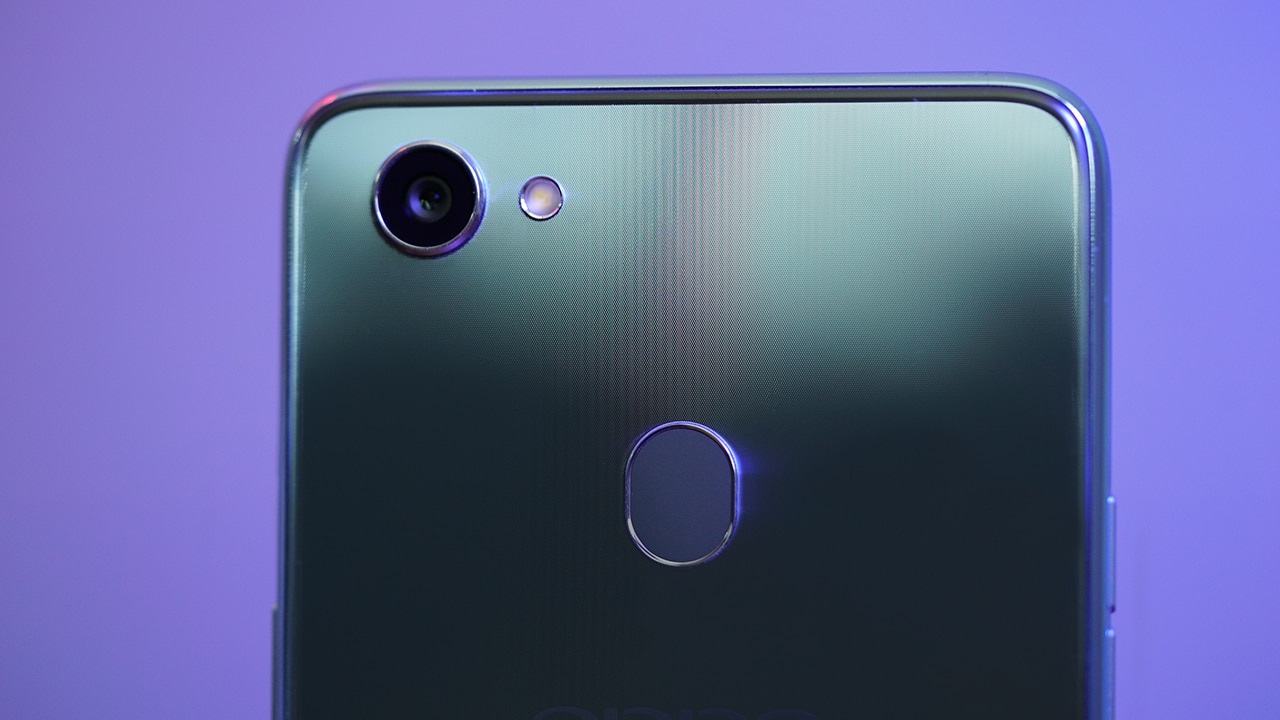
The OPPO F7 feels more squarish in hand with its sharp edges; gone are the curves! Don’t fret, the chrome-like frame of the phone adds comfort when handling, although I find it to be a bit slippery.
The physical buttons on the F7 are found on both sides: the power/lock button on the right and the volume rocker on the left. The buttons have the same feel as the frame with its chrome-like coating but they’re tactile and responsive.
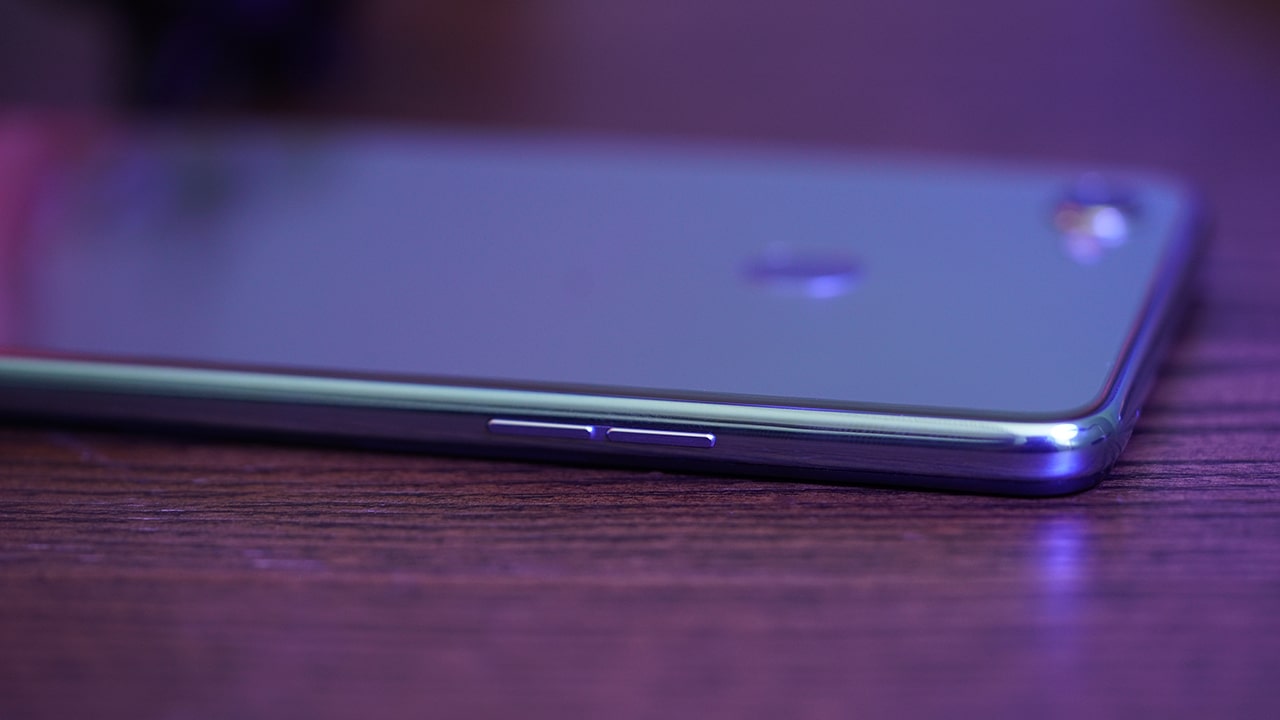
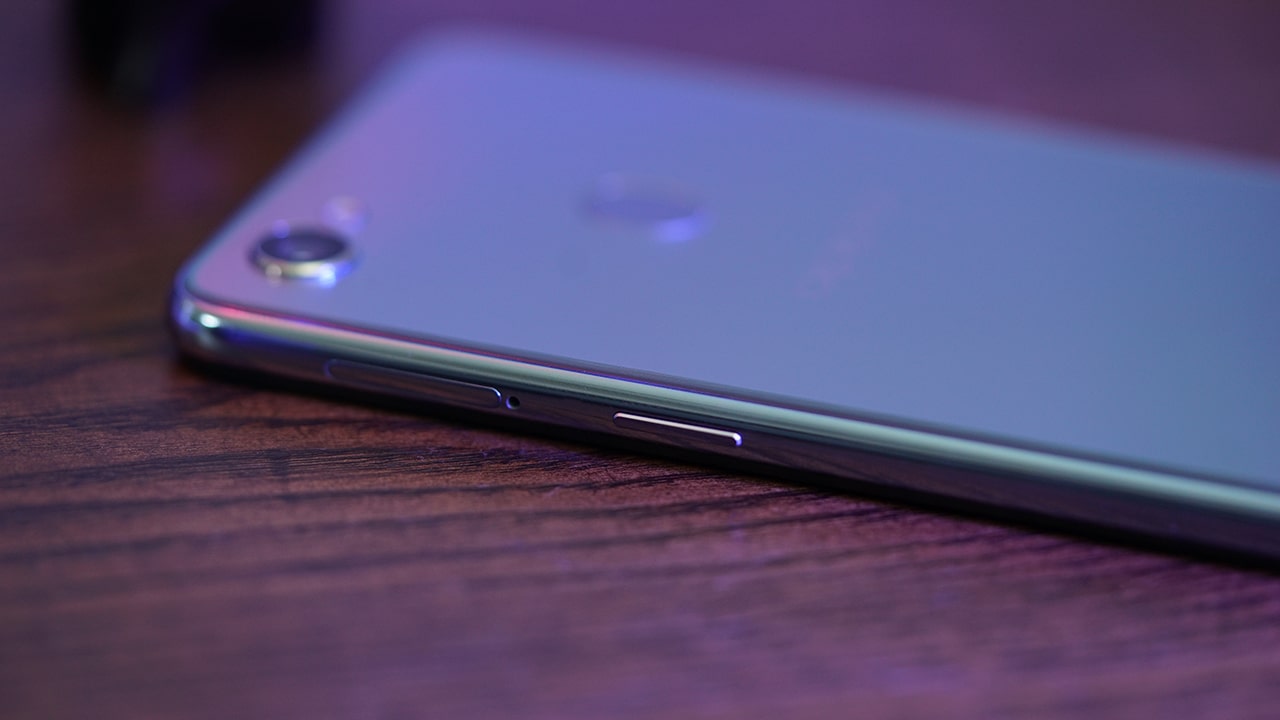
On top of the phone is the noise-canceling microphone while the bottom side has the loudspeaker, micro-USB port, primary microphone, and 3.5mm audio port.

Specs-wise, the F7 has performance upgrades including the latest MediaTek Helio P60 processor. The new Helio P60 brings in the Mali-G72 MP3 graphics which should please the mobile gaming enthusiasts. 4GB memory will be able to handle multitasking well and 64GB of internal storage is more than enough to store big apps and files. If that ain’t enough, the dedicated microSD card slot is ready to add up to 256GB of storage.

The F7 runs the latest Android 8.1 Oreo skinned with the newest ColorOS 5.0. The UI is still pretty much like iOS but there are some tweaks made to accommodate the display notch. For instance, the control panel is now accessed by swiping down from the top instead at the bottom and there are new swipe-up gesture layouts for UI navigation. The icons are also updated but the rest of ColorOS 5.0 is pretty much the same.
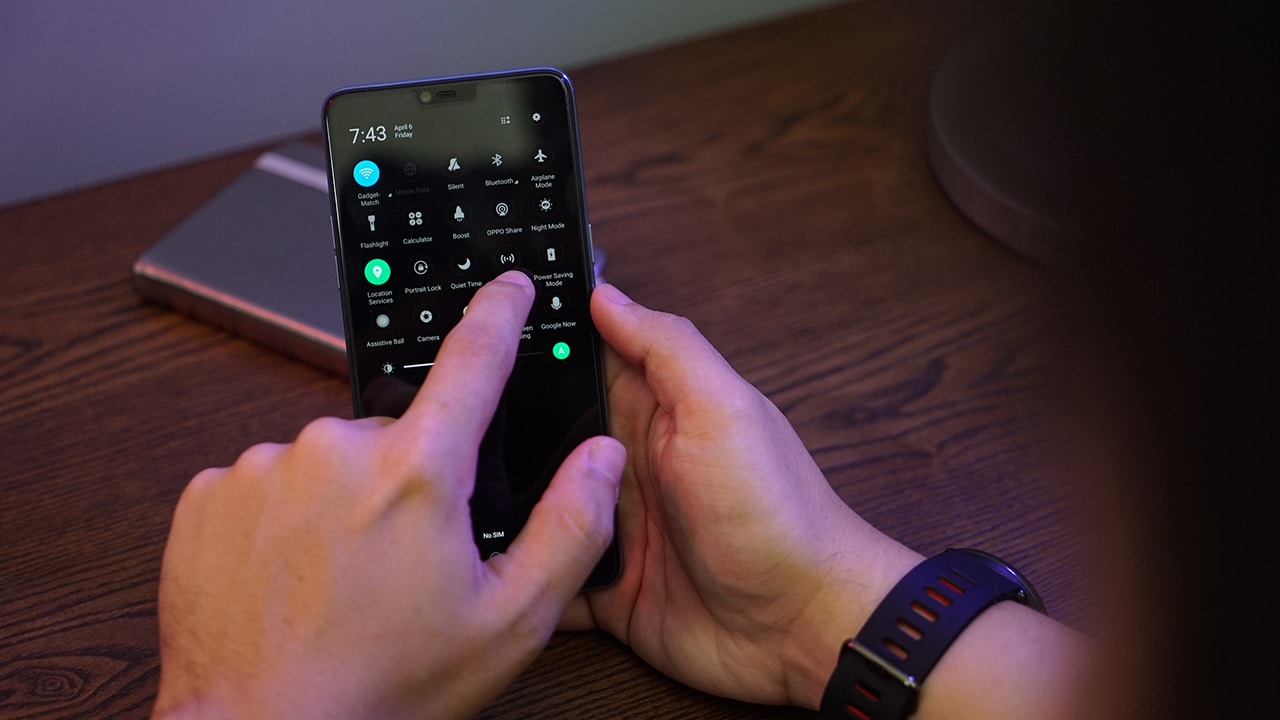
Let’s now dive into the cameras. As a selfie phone, the F7 now has a whopping 25-megapixel front-facing camera with a bright f/2.0 lens — that’s 5 megapixels more than its predecessor. The upgraded selfie sensor is complemented by an updated camera launcher to complete the deal.
As expected, the F7 with its AI Beauty Technology 2.0 can capture great selfies. AI-powered selfies is a step up from your typical photo filters. It recognizes and learns your facial features as you take more photos.
Here’s a sample I took with and without the beauty mode:

And here are more AI Beauty Mode samples with the GadgetMatch team:

There are also new AR Stickers available right in the camera app which add cuteness to your selfies.

As for the rear camera, it’s a 16-megapixel f/1.8 shooter paired with a single LED flash. No dual camera setup for the F series for now, unlike its R series cousin. AI is also embedded in the rear camera which aids in scene recognition. It can identify 16 different scenes and objects in real-time. I’ll try this out in the coming days and will update with more photo samples using the rear camera.

Before we wrap things up, let’s not forget about the non-removable 3400mAh battery and the speedy fingerprint scanner positioned at the back of the phone. Face unlock is also available and it works like a charm, even in dim-lighted environments. How secure is it? We’ll find out more as we spend more time with the F7.
The OPPO F7 is already available in India for INR 21,990 (US$ 340), while in the Philippines it’ll retail for PhP 17,990 (US$ 345). Pre-orders start on April 12 and will be available in stores on April 21.
SEE ALSO: OPPO F7 with 25MP front camera and notch launches in India


I’ve got a new favorite pair of headphones.
They look good, sound good, last long, are compact and portable.
Most of all? They are from a brand that I truly love.
But I’m getting ahead of myself.
Here’s are V Major reasons why I love the new Marshall Major V!
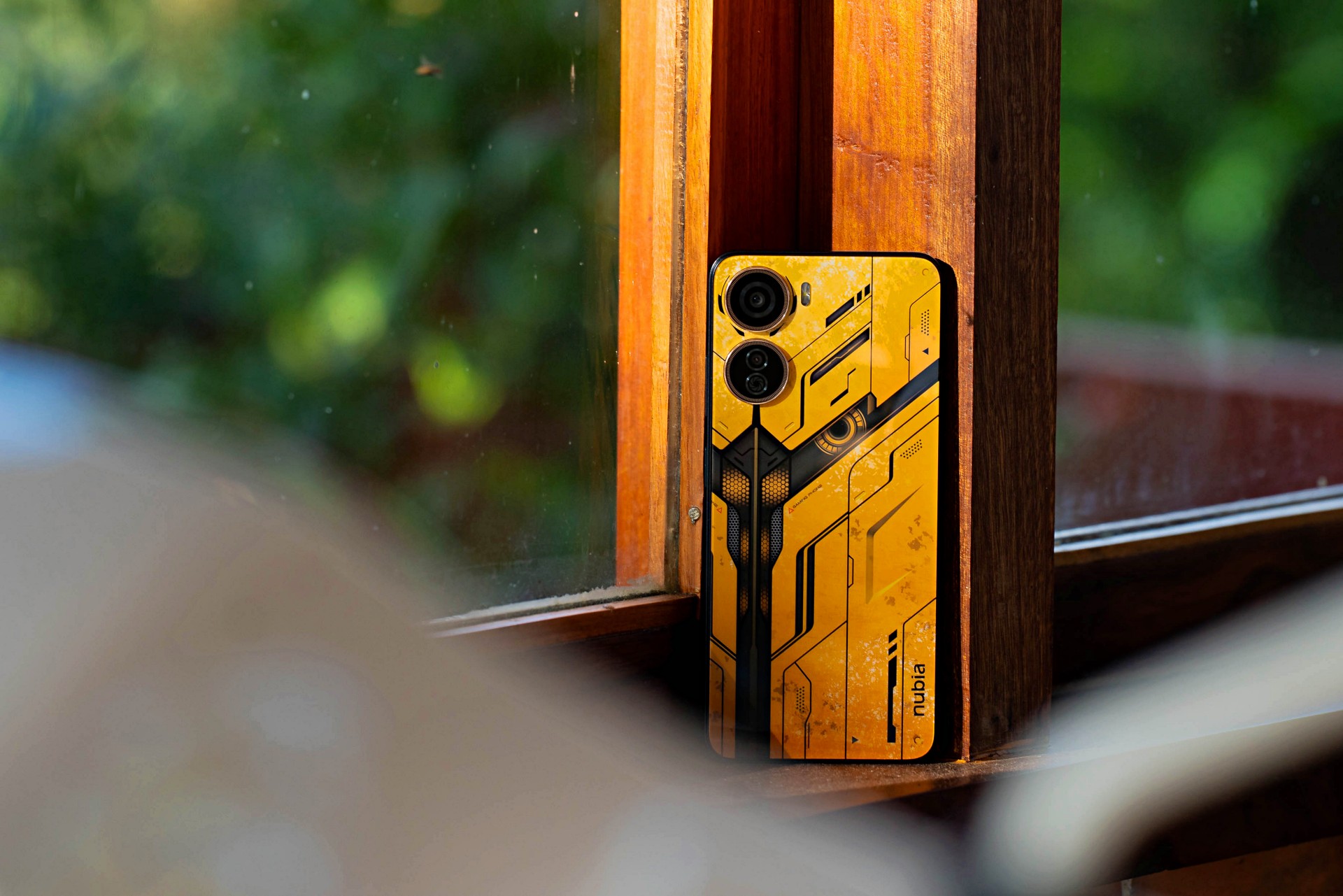
If you’re looking to buy a smartphone specifically for gaming, you’ll typically need to shell out more. You have to spend extra for capable hardware and software to fuel the mobile gaming experience. That doesn’t mean manufacturers aren’t trying their best to bring more affordable gaming phones to customers. Enter the ZTE nubia Neo 5G.
Known for their higher-end devices like the Redmagic series, ZTE introduced a budget-level choice that promises better gaming for all. Appearance-wise, it straight up looks like a gaming phone. But does it really deliver on being a great value device for mobile gamers?
ZTE nubia Neo 5G specs
- Unisoc T820 chipset, up to 2.7GHz
- Android 13
- 8GB+10GB RAM
- 256GB RAM
- 6.6-inch FHD+ display
- 120Hz refresh rate
- 50MP main camera + 2MP depth camera, 8MP front camera
- 4,500mAh battery
- 22.W fast-charging
- 3.5mm jack
- 2 SIM card slots
On paper, the ZTE nubia Neo 5G has the usual specs expected of a smartphone of its price point. There’s the usual 50MP main camera, FHD+ display, and and even a 3.5mm jack. On the positive end, it differs from other competitors by offering a higher refresh rate and a more spacious internal storage. However, it has a smaller battery capacity and a slightly slower “fast-charging” output.
WATCH: ZTE nubia Neo 5G Unboxing Reel
Appearance, feel
This budget gaming phone immediately stands out with its gold-and-black, Mecha-like finish at the back. The protruding camera lenses somehow mimic machine gears. The unit we tested came in War-Damaged Yellow. It somehow reminds us of Bumblebee from the Transformers franchise. There is also a Phantom Black option for those wanting black to be the dominant color.
The phone itself has just the proper amount of sleekness into it. It’s not slippery. It’s comfortable to hold. However, the placement of its speakers on the lower left does not help when holding the phone horizontally. Fingers tend to have it blocked, lessening the gaming experience.
Camera
As usual, this budget offering has as 50MP main shooter, with the 2MP extra camera standing in vain. The main camera works well with stills, and leans more on the natural side when it comes to color. Not too saturated, not too pale, just about right. Of course, you’ll need to be ultra steady when capturing as this phone does not support advanced stabilization features.
Additionally, you’ll need sufficient lighting to retain details. Shoot against the light, and the camera’s low dynamic range won’t help in preserving details in the darker parts. Shake your hand a bit, and you’ll get blurred captures. It’s pretty much expected for a handset in this segment.
Check out these sample photos:
Usage
The ZTE nubia Neo 5G does have a simple user interface that’s familiar long-time for Android users. It is able to work well for casual browsing, switching from one app to another, and having a few apps open.
On the downside, there are a few instances that hopping from one app to the other takes a bit more than a split second. I kind of expected that already, especially with watching livestreams or apps involving videos like YouTube and TikTok.
Of course, for optimal performance, it’s best to have just a few apps running at a time. And even with its slightly “smaller” battery, the phone can last you up to a full day for light to moderate use.
Gaming
We tested multiple titles on the ZTE nubia Neo 5G, ranging from slightly to highly demanding, to check its promise of better gaming on an affordable device. Apparently, games will run on the phone under low settings by default.
The phone held its own quite smoothly for usual MOBA and FPS titles, for as long as the graphics settings are set to low.
But where there are more simultaneous things going on, like in a mad Call of Duty scramble, that’s where the effects begin to experience lagging.
Moreover, with titles like Asphalt 9: Legends and Genshin Impact, which both push capabilities to the limit, the phone barely was able to support high settings.
To be fair, the phone did not get very hot throughout about an hour of gameplay, which is quite a plus. All things considered, including its price point and aesthetic that screams gaming, the ZTE nubia Neo 5G can be a decent gaming choice for those who are on a budget but still want to enjoy such games.
Is this your GadgetMatch?
Overall, the ZTE nubia Neo 5G is a serviceable budget phone, especially when it comes to usual performance. There are, however, some aspects that need to be improved. It wouldn’t hurt to improve the fast-charging capabilities, change the placement of its speakers, or sneak an extra ultra-wide lens to the setup.
But we fully understand that this device was meant for gaming. Higher-end models aren’t perfect either. This is a decent choice, considering that incorporating better specs to cheaper devices is still an ongoing process. It can only get better from here.
The ZTE nubia Neo 5G is available starting at PhP 9,999 on ZTE’s official Shopee store.
Hands-On
Found: Cute smartphone to match your coquette aesthetic
The OPPO Reno11 F 5G deserves that cute, pink bow
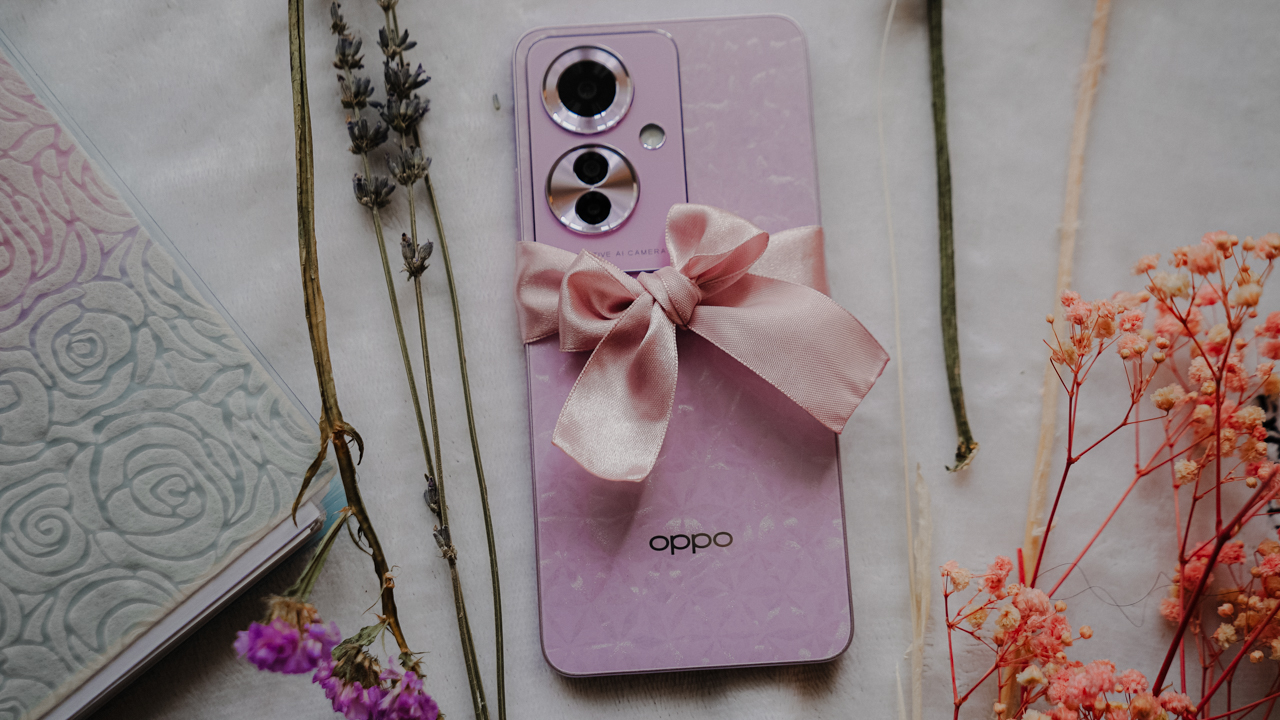
If you like it, then you should’ve put a ~pink bow~ on it!
At least, that’s what we did with the newest OPPO Reno11 F 5G painted in Coral Purple.
That soft, lilac hue bodes well with the coquette aesthetic — social media girlies’ cute (and crazy) obsession now.
Originally, the term “coquette” means “a woman who flirts,” which is also referenced at Robert Greene’s book called “The Art of Seduction.”
But the Generation Z knows how to put a spin on everything, with the trend now leaning into more playful and romantic approach to everything they see.
Think: pastel, pink, bows, and everything about girlhood.
The OPPO Reno11 F 5G fits in that dainty aesthetic. It’s a smartphone that looks playful from the get-go.
The frame’s slender, and it’s light enough for some chicly usage. Taking mirror selfies like a supermodel can be an achievable flex.
The flat sides look polished, befitting someone who looks bejeweled and ready to step into the world with confidence.
The buttons on the right side are easily reachable — for adjusting your music’s volume and for taking quick selfies.
It also comes in USB-C sitting on its bottom side along with mic and speakers.
Up front, the Reno11 F 5G comes with a flat display. Just like the coquette aesthetic, flat displays are being revived.
Curves are getting overrated, though. The flat, 6.7-inch AMOLED display is easier for watching and streaming your favorite shows and films.
Streaming a 2000s film like Mean Girls in 2024 didn’t feel like I was watching a movie from two decades ago. The visuals look as punchy and vibrant as it gets.
I enjoyed rewatching Devil Wears Prada as well, which can be streamed on Netflix. Even when I was sitting by the windows during noontime, the phone’s brightness kept up with the harsh light coming through.
It maintained that dynamic color despite struggling with glares.
What surprised me was the Ultra Volume mode, which boosts the audio up to 300%. The bimbo in me thought it was specifically for Netflix’s content, but I was wrong.
While using TikTok to think of new coquette style and watching my mother Taylor Swift’s performance since I wouldn’t be able to go to the Eras Tour, I activated the ultra volume once more.
The speaker’s as powerful as it gets but frankly, it might hurt your ears. It’s a back-up feature for when you forget your cute, full-toned speakers.
Living life like you’re in a rom-com film
Having a playful smartphone doesn’t end with putting pink bows and looking cute. It should let you romanticize life and let you live like you’re in a rom-com film.
We got to take the smartphone out for a whole day and its 5000mAh battery capacity didn’t even drop to one-fourth. Yup, even with mobile data on, taking pictures and videos, and browsing endlessly on TikTok and Instagram.
The 256GB internal storage is also sufficient for storing all your favorite moments. And more importantly, it’s got a camera that lets you record your everyday life.
The OPPO Reno11 F 5G comes with a 64-megapixel Ultra-Clear Triple Camera, which is also capable of recording a 4K Ultra-Clear Video apt for your TikTok and Instagram Reels.
There’s an 8-megapixel ultra-wide camera using a Sony IMX355 sensor, if you want to capture your views.
And for some details, there’s a 2-megapixel macro camera for when you want to zoom in a little. Up front, you can enjoy a 32-megapixel selfie camera which uses a Sony IMX615 sensor.
Moreover, there are built-in filters that you can select for your photos. Here are glimpses of our lives romanticized.
A match made for coquette girlies
The OPPO Reno11 F 5G takes anyone easily in their lover era, thanks to its playful vibe. The coquette aesthetic may fit it well, but it’s still a versatile phone that any girlies and their oomfs can take advantage of.
It’s just like any midrange phone, capable of multi-tasking from morning to night. Powered by MediaTek Dimensity 7050, you can certainly swipe continuously and power through the day.
You can even play some games if you’re bored from doomscrolling.
And when you’re in dire need of recharging, you can let it charge with its 67W SUPERVOOC. Before you’re done with your makeup, the phone’s already back to a hundred.
So, if you’re up for a smartphone that can easily take on your day-to-day life while looking coquette, the OPPO Reno11 F 5G just might be the dainty gizmo of your dreams.
Pricing and availability for the OPPO Reno11 F 5G will be announced soon. Stay tuned.
-

 Features2 weeks ago
Features2 weeks agoFortify your home office or business setup with these devices
-

 Reviews2 weeks ago
Reviews2 weeks agorealme 12+ 5G review: One month later
-

 Gaming2 weeks ago
Gaming2 weeks agoNew PUMA collection lets you wear PlayStation’s iconic symbols
-

 Accessories1 week ago
Accessories1 week agoMarshall Major V: Reasons Why I Love It
-

 Gaming2 weeks ago
Gaming2 weeks agoMore PlayStation 5 Pro specs have been leaked
-
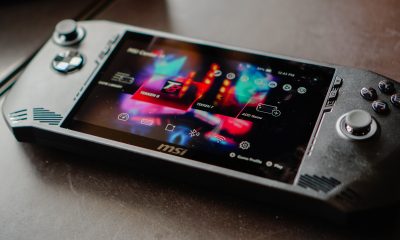
 Features1 week ago
Features1 week agoWhy choose the MSI Claw?
-

 Gaming2 weeks ago
Gaming2 weeks agoUbisoft is taking away copies of The Crew from your library
-

 Gaming2 weeks ago
Gaming2 weeks agoOne Piece Odyssey coming to Nintendo Switch












